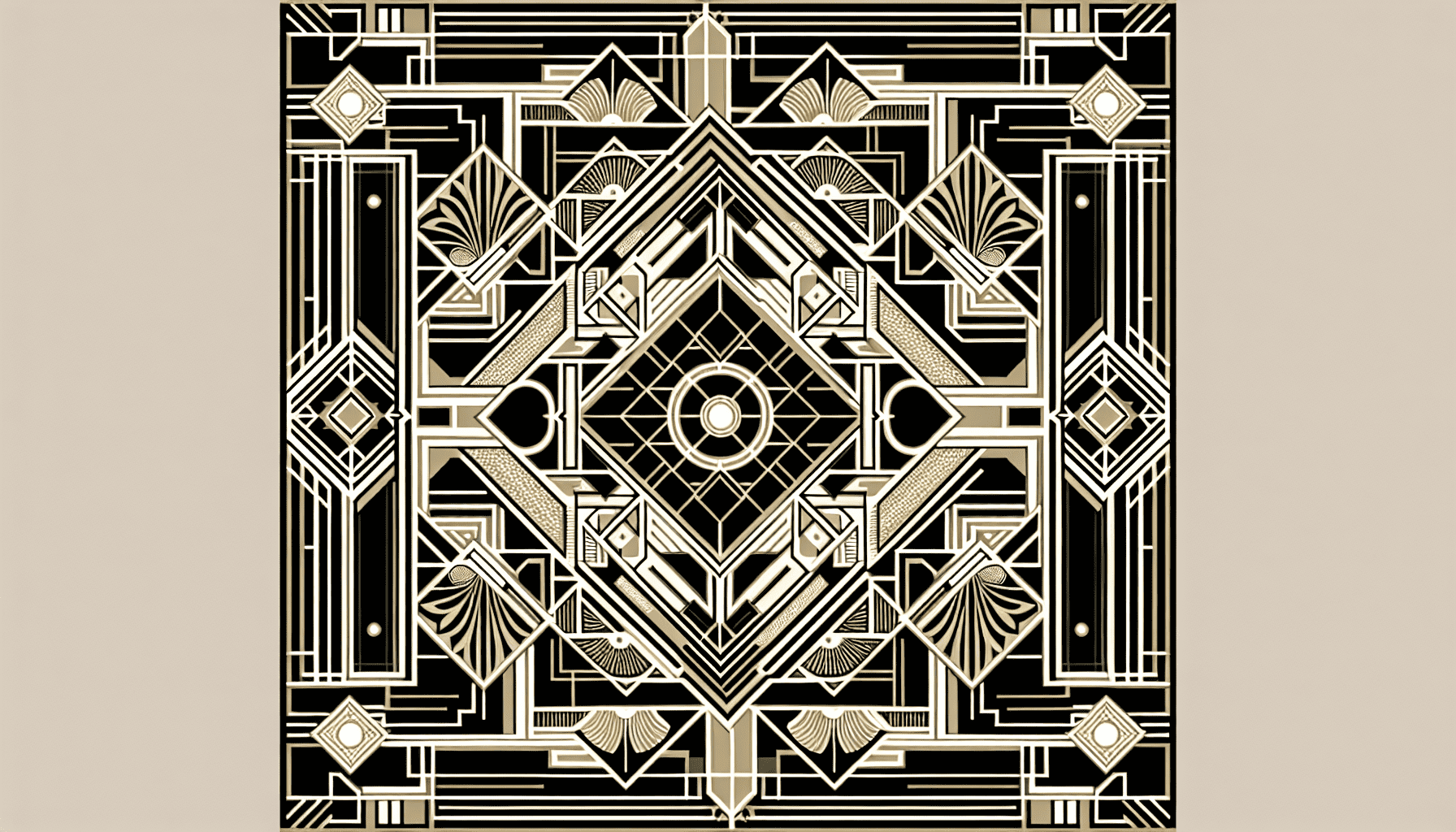From the gilded skyscrapers of New York to the elegant theaters of Paris, the Art Deco movement left a significant mark on the cultural landscape of the early 20th century. Today, this sophisticated style, characterized by bold geometric patterns, luxurious materials, and a taste for the extravagant, is experiencing a magnificent revival. The renewed interest in Art Deco is sweeping across the realms of architecture, interior design, fashion, and even graphic design, inviting a new generation to revel in its timeless allure.
The origins of Art Deco trace back to the 1920s and 1930s, emerging as a beacon of modernity and glamour during a time of rapid societal change and technological advancement. The style drew inspiration from various sources, including the opulence of the ancient Egyptians, the exoticism of the Orient, and the streamlined efficiency of the Machine Age. It was an eclectic yet harmonious blend that spoke to a world hungry for innovation and luxury.
This revival can be seen in various facets of design today. In architecture, we see a renaissance of Art Deco's signature features. Modern skyscrapers are donning facades adorned with stylized floral motifs and zigzag patterns. Interior spaces are being transformed with lavish materials like marble, polished metals, and rich woods that recall the grandeur of the original movement. Designers are incorporating sunburst motifs and symmetry into new constructions, echoing the dazzling theaters and hotels of the past.
In the realm of interior design, Art Deco's influence is unmistakable. Sleek furniture with mirrored surfaces, gilded ornaments, and sumptuous textiles create an atmosphere of luxury and timeless sophistication. The use of jewel tones—emerald, ruby, and sapphire—combined with the glint of gold and silver accents brings a touch of opulence to contemporary spaces. Decorative elements like geometric wall patterns and statement lighting fixtures have become central in crafting an aesthetic that is both nostalgic and forward-thinking.
Fashion too is embracing the Art Deco ethos, celebrating the craftsmanship and elegance that defined the era. Designers are reviving the flapper dress but reinterpreting it with modern fabrics and tailoring techniques. Intricate beadwork, sequins, and feathers elegantly adorn evening gowns, capturing the spirit of the Roaring Twenties. Accessories boasting angular shapes and symmetrical designs in vibrant hues underscore the revival of a style that transcends time.
Even in graphic design, Art Deco's hallmarks—such as bold typography, contrasting colors, and repeating patterns—are being reborn. This resurgence is evident in everything from brand logos to posters and product packaging, reflecting a widespread appreciation for the visual intricacies that make Art Deco distinct.
The revival of Art Deco is more than just a nod to the past; it is a celebration of human creativity and the enduring draw of elegance and sophistication. As we find ourselves in an era where the lines between tradition and modernity often blur, Art Deco offers a unique lens through which to appreciate both. It serves as a reminder of a time when art and design were celebrated for their beauty and craftsmanship, encouraging us to incorporate those same values into our modern landscapes.
In embracing the Art Deco revival, we not only honor a pivotal movement in art and design history but also allow ourselves to indulge in the glamour and grandeur that defined a generation. This revival invites us to reflect on the past and celebrate the timeless enchantment of a style that continues to capture the imagination and allure of many.
